Group project - respiratory acidosis/alkalosis PDF

| Title | Group project - respiratory acidosis/alkalosis |
|---|---|
| Author | Anonymous User |
| Course | Mathematical Foundations |
| Institution | Rio Hondo College |
| Pages | 3 |
| File Size | 39.3 KB |
| File Type | |
| Total Downloads | 67 |
| Total Views | 125 |
Summary
respiratory acidosis/alkalosis...
Description
RESPIRATORY ALKALOSIS Hyperventilation causes respiratory alkalosis, which is present when a high pH is accompanied by a blood carbon dioxide concentration lower than 35 mm Hg. Hyperventilation, commonly caused by anxiety, fever, pain, high altitude, or asthma, increases carbon dioxide (carbonic acid) excretion, leading to a relative excess of blood base and an increase in pH. To compensate, the kidneys increase the excretion of HCO3− to the urine, and pH returns toward normal. Intervention, mainly treatment for the causative underlying disorder, may be required to reduce the hyperventilation.
RESPIRATORY ACIDOSIS Respiratory acidosis is indicated by a low pH accompanied by an increased arterial concentration of carbon dioxide, which often is clinically defined as a PaCO2 of greater than 45 mm Hg. When lung disease (e.g., asthma, emphysema) or depressed neural or muscular function (as with opioid overdose, head trauma, or motor neuron disease) compromises breathing ability, carbon dioxide accumulates in the blood. As the carbonic acid level increases, free [H+] increases, causing pH to drop. With time, the kidneys compensate for this acid buildup by increasing the excretion of H+ ion into the urine and the return of HCO3− ion to the blood. Normal pH can be reestablished only if the original problem can be reversed. People with damaged lungs may have chronic respiratory acidosis.
Give prescribed drugs; administer bronchodilators via inhalation; give IV fluids as ordered; ensure patent IV access. Provide supplemental oxygen based on oxygen saturation levels as determined by pulse oximetry or arterial blood gas (ABG) results. Elevate the head of the bed to maximize lung expansion; encourage the patient to take slow, deep breaths; assist with relaxation and stress management techniques. Ensure a patent airway; suction secretions as indicated; assist with respiratory support; and assist with insertion of an endotracheal tube and mechanical ventilation as indicated. Provide adequate fluids orally if possible. Encourage the patient to verbalize feelings and concerns related to the condition; provide emotional support and an explanation of all treatments and care. Provide small, frequent meals to minimize energy expenditure; allow for frequent rest periods, and cluster care to ensure adequate rest. If the patient is intubated, provide enteral feedings as ordered and assess for tolerance. Obtain a swallowing evaluation when the patient is extubated.
Apply antiembolism stockings or sequential compression stockings to prevent VTE. Auscultate heart and lung sounds for changes; check the patient's level of consciousness for changes. Obtain specimens for laboratory testing, such as ABG and serum electrolyte levels, as indicated. Obtain daily weight and check skin turgor. Reposition the patient at least every 2 hours. Perform a skin assessment and provide skin care to prevent pressure injury formation.
Monitoring Airway patency Vital signs Intake and output and fluid balance Neurologic status Cardiopulmonary status Pulse oximetry End tidal carbon dioxide levels if monitoring available ABG values Serum electrolyte levels Mechanical ventilator settings Enteral feeding tolerance Skin integrity Coping status
Pt teaching
ure to cover: disorder, diagnostic testing, and treatment, including possible underlying causes rationale for the use of supplemental oxygen and associated care measures, emphasizing the appropriate safety measures for oxygen use
prescribed drugs, including the drug name, dosage, route of administration, frequency of administration, expected results, and duration of therapy how to use a nebulizer or metered-dose inhaler, as appropriate possible adverse effects of medications, such as shakiness, palpitations, restlessness, sweating, flushing, and CNS stimulation with bronchodilators how to perform coughing and diaphragmatic breathing exercises how to perform pursed-lip breathing to help expel trapped carbon dioxide relaxation and stress management techniques and positive coping strategies energy-conservation techniques signs and symptoms of acid-base imbalance and when to notify the practitioner home oxygen therapy, if indicated....
Similar Free PDFs
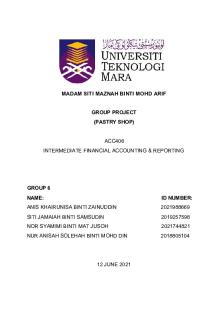
Group Project Account ( Group 6)
- 21 Pages
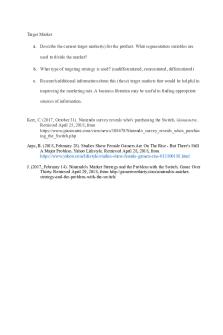
Group Project- Target Market
- 4 Pages
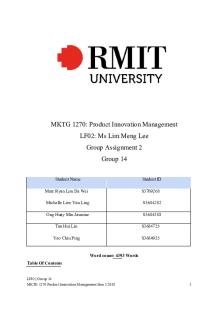
PIM Group Project 2
- 68 Pages
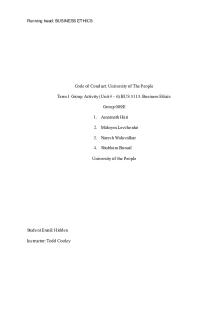
Group Project 009E Final
- 21 Pages
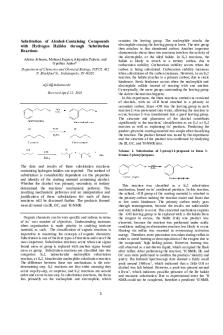
Group Project JOC Note
- 4 Pages

Group Project Proposal
- 1 Pages
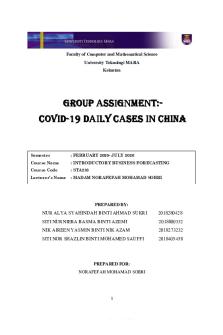
Group Project STA 233
- 33 Pages
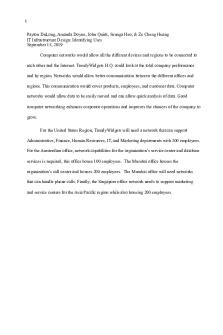
IST Group Project
- 19 Pages

Group project guidelines
- 1 Pages

group project sta108
- 55 Pages

CSR Group Project ASM401
- 18 Pages

MNT group Project
- 9 Pages

Victoria\'s Secret Group Project
- 11 Pages

CSC264 Group Project
- 8 Pages

Project MAT575 Group 1
- 9 Pages
Popular Institutions
- Tinajero National High School - Annex
- Politeknik Caltex Riau
- Yokohama City University
- SGT University
- University of Al-Qadisiyah
- Divine Word College of Vigan
- Techniek College Rotterdam
- Universidade de Santiago
- Universiti Teknologi MARA Cawangan Johor Kampus Pasir Gudang
- Poltekkes Kemenkes Yogyakarta
- Baguio City National High School
- Colegio san marcos
- preparatoria uno
- Centro de Bachillerato Tecnológico Industrial y de Servicios No. 107
- Dalian Maritime University
- Quang Trung Secondary School
- Colegio Tecnológico en Informática
- Corporación Regional de Educación Superior
- Grupo CEDVA
- Dar Al Uloom University
- Centro de Estudios Preuniversitarios de la Universidad Nacional de Ingeniería
- 上智大学
- Aakash International School, Nuna Majara
- San Felipe Neri Catholic School
- Kang Chiao International School - New Taipei City
- Misamis Occidental National High School
- Institución Educativa Escuela Normal Juan Ladrilleros
- Kolehiyo ng Pantukan
- Batanes State College
- Instituto Continental
- Sekolah Menengah Kejuruan Kesehatan Kaltara (Tarakan)
- Colegio de La Inmaculada Concepcion - Cebu
